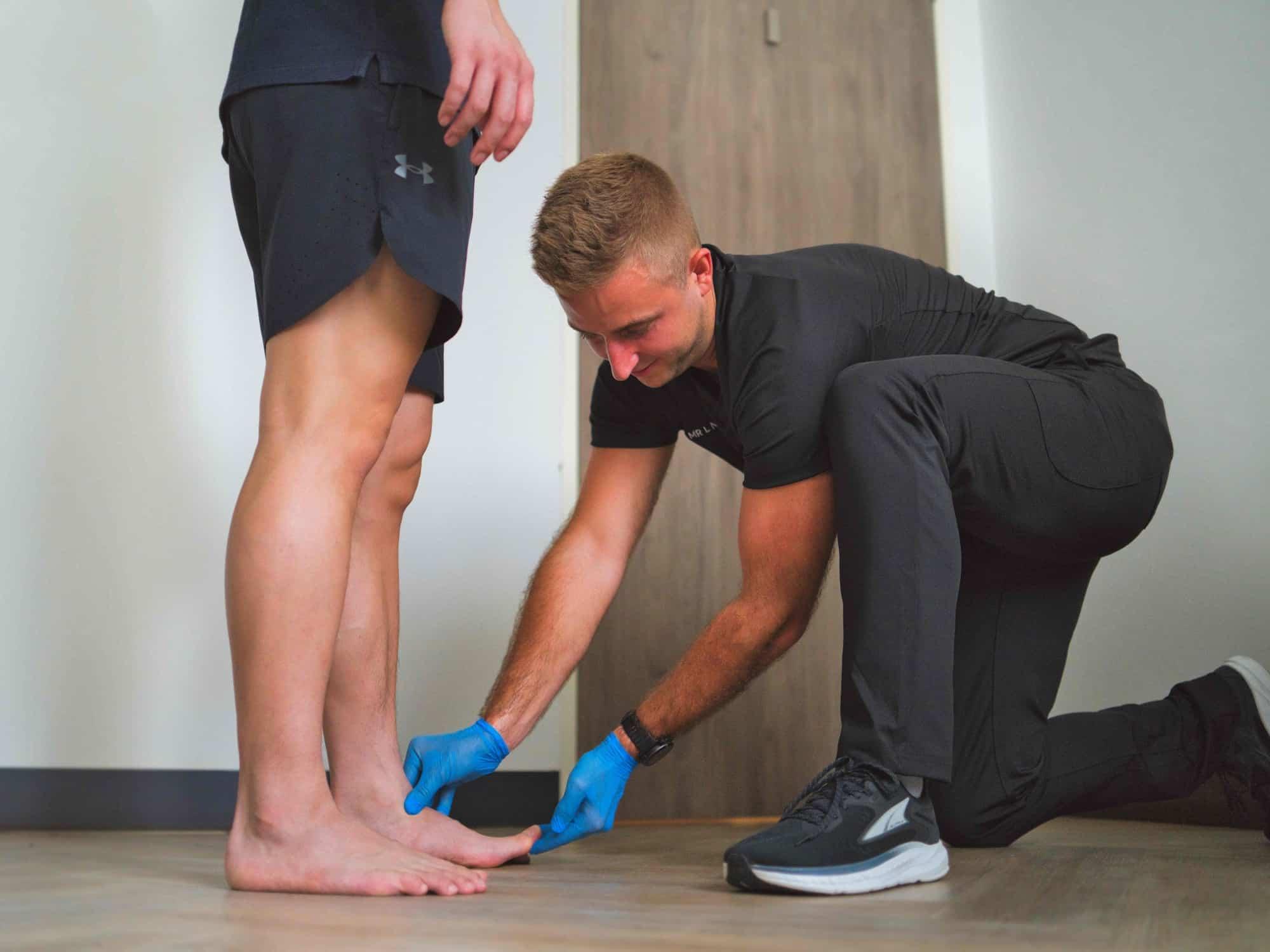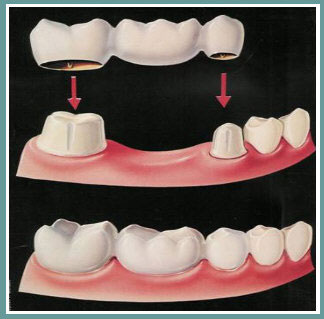
The feet, often overlooked but crucial to mobility and wellbeing, bear the brunt of our active lifestyles. From intense workouts to long hours on the job, they endure tremendous strain. As such, foot injuries and ailments like heel pain, knee pain, hip pain, and ankle pain are all too common, hindering performance and quality of life for many individuals.
Podiatrists, specialists in foot and ankle care, stand at the forefront of addressing these issues. Armed with years of rigorous training, they possess the expertise to diagnose, treat, and prevent a myriad of foot-related conditions. From heel spurs to bunions, they offer solutions ranging from conservative measures to surgical interventions.
For active professionals seeking to optimise their performance, the role of Australian Capital Territory podiatry extends beyond mere treatment. It encompasses preventative strategies, biomechanical assessments, and rehabilitation plans tailored to individual needs. Whether it’s correcting foot alignment to alleviate knee strain or prescribing orthotic insoles to enhance stability, podiatrists play a pivotal role in enhancing both comfort and performance.
However, the journey to optimal foot health and performance isn’t one trodden alone. Medical assistants, integral members of the podiatric team, provide crucial support, ensuring seamless operations within clinics and offices. With a blend of organisational prowess, compassion, and dexterity, they aid both practitioners and patients on the path to recovery and improved performance.
In this article, we delve into the multifaceted realm of podiatric assistance for active professionals, exploring common foot ailments, treatment modalities, and the pivotal role of medical assistants in facilitating care delivery. Through a comprehensive understanding of foot health and the collaborative efforts of healthcare professionals, individuals can stride towards their performance goals with confidence and vitality.

1. Heel Pain
The feet are complex anatomical structures that act as shock absorbers, propulsion engines and structural supports. A podiatric doctor has undergone years of training to evaluate and treat the medical and surgical conditions that affect feet and ankles. Patients can be confident that they are getting the highest level of care when they see a doctor who has completed podiatric medical school and hospital-based residency training.
Heel pain is a common complaint, especially in active people who spend a lot of time on their feet or who have worn-out shoes that don’t fit well. Treatment often starts with over-the-counter pain meds and may include using pads or shoe inserts, but some cases require surgery. Other foot problems a podiatrist may address include bunions, hammertoes, fungal infections, warts, ingrown toenails and skin disorders related to diabetes.
To be a successful podiatric medical assistant, you will need excellent organisational skills and a willingness to work hard. You will also need to be compassionate, as many patients come to the office with discomfort and self-consciousness about their condition. You should also have good dexterity since you will often use small instruments to help patients with their heel pain treatment Canberra. Medical assistants often draw blood for lab testing, too. You should be comfortable with these tasks and be able to stay focused throughout your shift.
2. Knee Pain
In addition to treating injuries, podiatrists also help prevent them. One of the podiatrists interviewed cites working with professional sports organisations as being among his favourite aspects of his work because it gives him the opportunity to build relationships with people he respects, whether they are team staff members, athletic trainers, physical therapists, nutritionists, or the athletes themselves.
A common cause of knee pain is improper foot alignment, which can lead to the feet turning inward when you walk or run, a condition known as genu valgum (knock knees). Podiatrists are trained to assess and treat such problems, including prescribing orthotic insoles to correct the foot biomechanics that affect the alignment of the knees.
Medical assistants working in podiatry need to have a variety of skills to succeed, including organisation, compassion and dexterity. They frequently deal with patients who are hurting or embarrassed and need to be able to show them kindness and empathy. They also need to be able to handle multiple tasks efficiently, switching between them smoothly throughout the day. This is why it is important to have the right education and experience before applying for a job as a medical assistant. Moreover, the ability to draw blood is essential as podiatric medical assistants often need to do so for patient testing and treatment. They may also need to administer medications and splints, so it is important to be able to handle small instruments with great dexterity.
3. Hip Pain
The hip is a complex joint that needs to move a lot and support the body weight. Problems with muscles, tendons and bursae (fluid-filled sacs that reduce friction between structures) can all cause pain in the hip area. This is more common in middle-aged to older people and can appear as a dull ache or sharp discomfort.
Physiotherapy can help manage hip pain by releasing tight muscles and restoring joint mobility. This can be done using various techniques including myofascial release, trigger point therapy and mobilisation techniques. Exercise physiology can also be used to improve hip muscle strength and balance, as well as optimising injury rehabilitation programs.
Podiatric physicians are highly trained healthcare professionals. They have a wide range of clinical experience and are able to treat foot problems in adults and children. Most podiatric physicians are in private practice, but many also work on hospital, clinic and nursing home staffs and with city health departments, public health services, and Medicare.
Medical assistants perform a variety of duties in hospitals, clinics, and doctors’ offices. A medical assisting certification program can give you the skills you need to start this career. Stepful, for example, offers a four-month program that prepares you to work as a certified medical assistant. You can also find medical assisting courses at community colleges and trade schools.
4. Ankle Pain
Podiatrists diagnose and treat a wide range of conditions affecting the lower limbs including bone and joint disorders such as foot/ankle arthritis, soft-tissue and muscular pathologies and neurological and circulatory disorders. They have access to state of the art diagnostic equipment including diagnostic ultrasound, computerised gait analysis and MRI. In addition, they have the ability to refer patients for a full range of imaging including X-rays and ultrasound, which will help with diagnosis and treatment.
Many podiatrists also have specific training in foot and ankle injuries and biomechanics and can provide patients with specific strength and flexibility exercises for their feet, and recommend specific footwear and other equipment to optimise performance. They can also advise patients on diabetic foot care and how to reduce the risk of complications such as ulcers.
Medical assistants work in podiatry offices and outpatient clinics throughout the country, and the work environment can be fast-paced. This is a career that requires excellent organisational skills and the ability to transition quickly between tasks. It’s also important for medical assistants to be able to show compassion towards their patients, who may be in pain or uncomfortable and sometimes embarrassed. They also need to have good dexterity to handle small instruments and perform delicate procedures like removing stitches.
The synergy between podiatrists and medical assistants forms a cornerstone of effective foot care for active professionals. By addressing foot-related issues comprehensively, from diagnosis to treatment and beyond, this collaborative approach empowers individuals to overcome obstacles and unlock their full potential. With continued dedication to innovation and patient-centered care, the field of podiatry stands poised to further elevate performance and wellbeing for all those who depend on their feet to pursue their passions.



